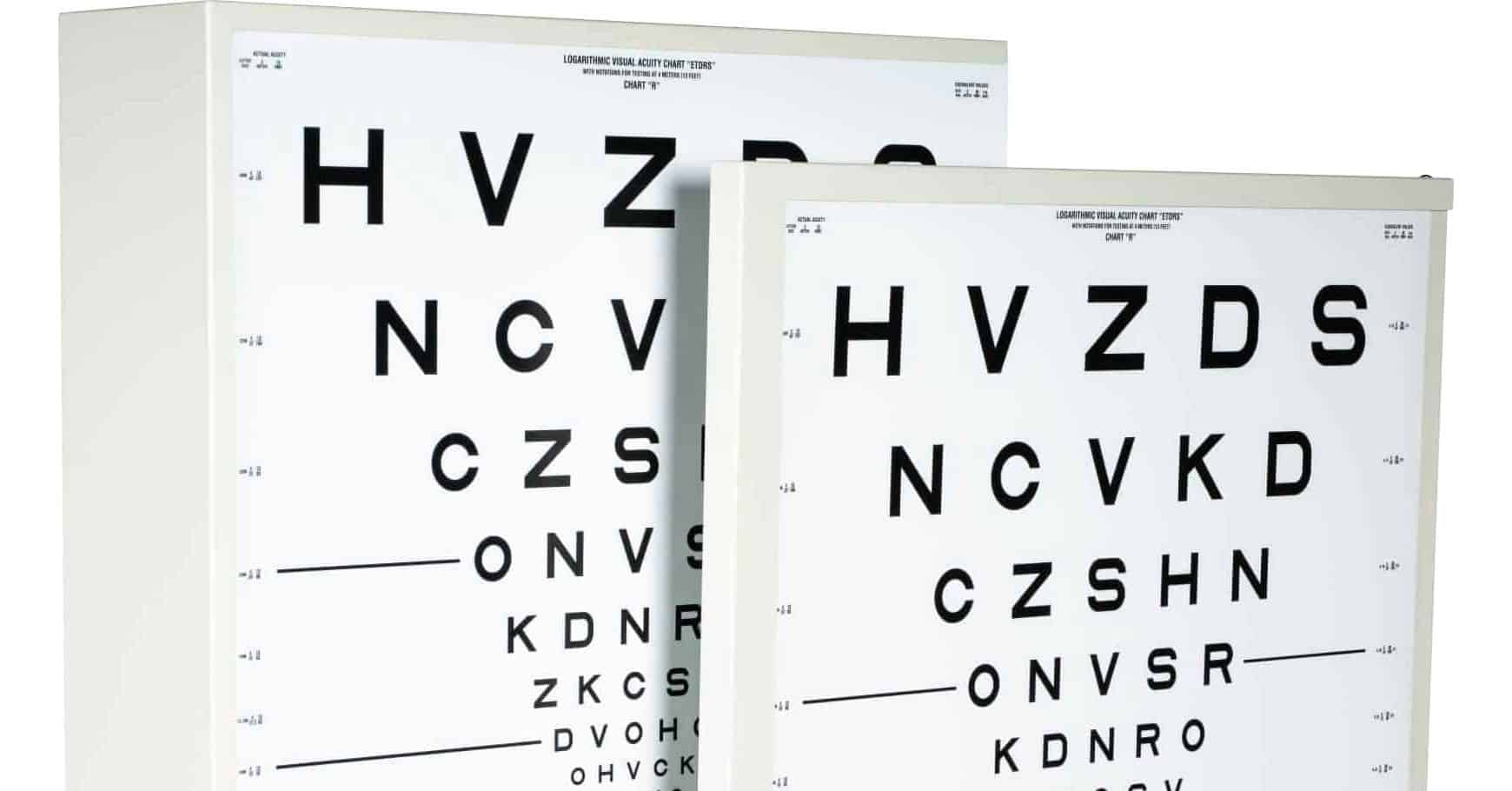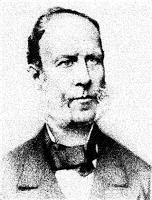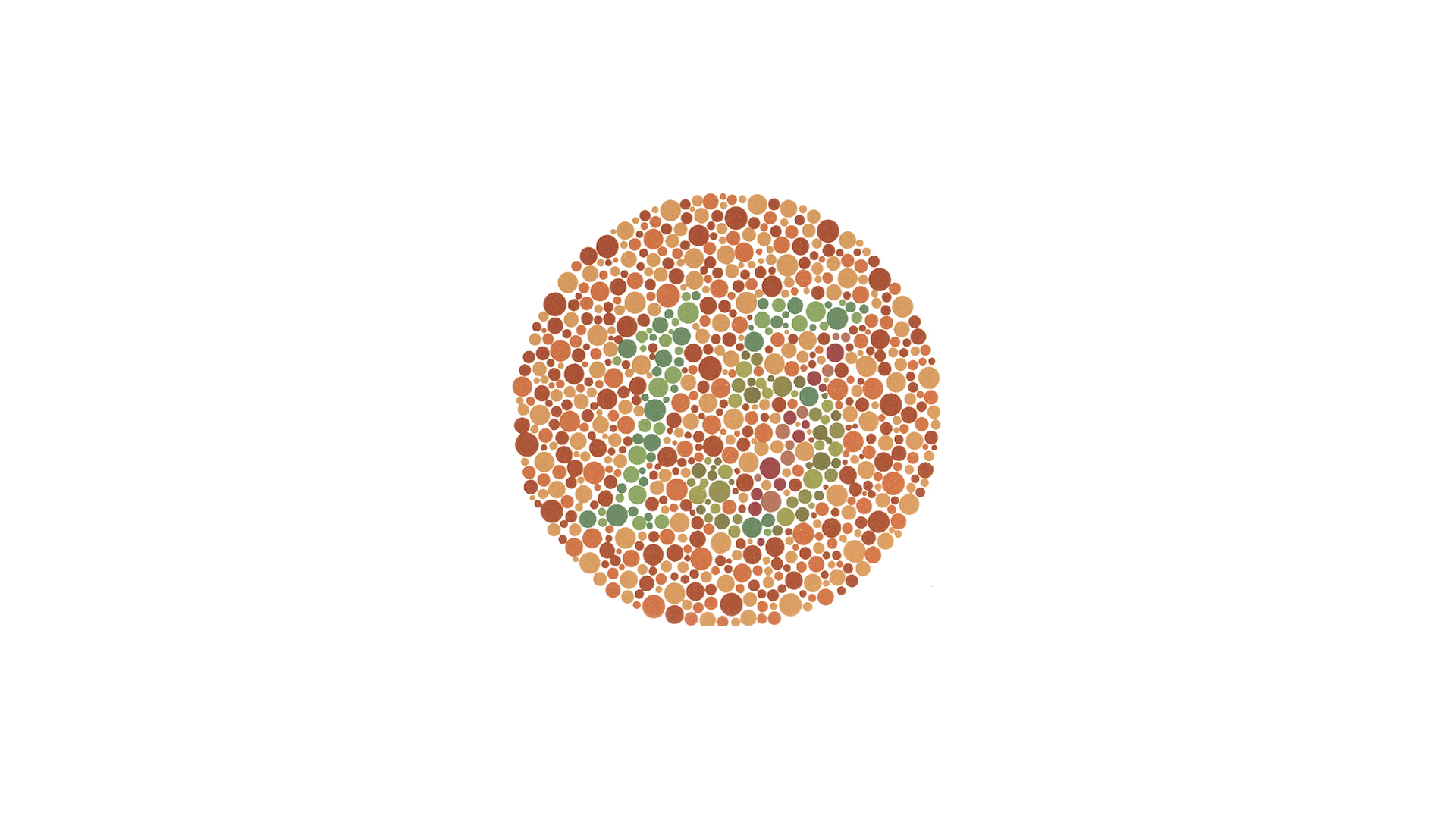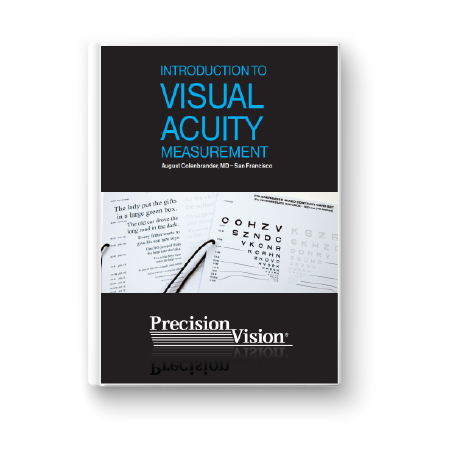
The Jaeger Notation Debate
To Jaeger or Not to Jaeger, That is the Question
When Jaeger published his notation print samples in 1856 little did he know that they would cause a debate that still generates differing views today. In this article we present the views against the use of Jaeger notations as written by world renowned Low Vision Researcher Dr. August Colenbrander. Read More
The debate over the use of Jaeger Notations in Vision Testing is still very active today. Precision Vision frequently receives many questions about the Jaeger Notation system and why they are not usually printed on our vision charts. In a recent interview with noted Vision Researcher Dr. August Colenbrander we present a case against the use of the notations.
Dr. Colenbrander, Precision Vision has been asked many times why Jaeger notations are not usually printed on our charts. Can you tell us your opinion on this matter?
 When Jaeger published his print samples in 1854, he did not intend to develop a measurement standard. The first print samples were published as an appendix to a book about cataract surgery; they were printed by the Vienna State Printing House. Runge, who researched the history of Jaeger’s print samples, was able to find one of Jaeger’s original publications and the original print catalogue.
When Jaeger published his print samples in 1854, he did not intend to develop a measurement standard. The first print samples were published as an appendix to a book about cataract surgery; they were printed by the Vienna State Printing House. Runge, who researched the history of Jaeger’s print samples, was able to find one of Jaeger’s original publications and the original print catalogue.
“Jaeger numbers” refer to the reference numbers in the Vienna print catalogue. This means that they have no numerical value. Jaeger also never defined a preferred reading distance, which means that, even if the Jaeger numbers designated a specific letter size, they cannot be used to calculate a visual acuity value, since the visual acuity value refers to the visual angle, defined by the ratio of viewing distance AND letter size.
The print sizes of the Vienna print catalogue followed an approximately logarithmic progression, but this is based on practical considerations, not on any logical reasoning. The average step size is about 0.06 log units, instead of the 0.10 log unit step size which has been the preferred step size, ever since John Green recommended it in 1868. When others tried to copy Jaeger’s print samples with locally available fonts, they had to make adjustments. Apparently, no one wanted to make their test more difficult, so all the current samples are easier than Jaeger’s original. The differences are significant: on a random sample of 20 cards the designation of 1 M print varied from J2 to J8. This means that even in adjacent exam lanes in the same office, you may find “Jaeger cards” that differ in their actual letter sizes.
Therefore, a statement like “Can read J … “ is no more specific than “Can read headline print” without specifying the size of that print or the viewing distance. It follows that Jaeger numbers are utterly unfit to serve as a standardized visual acuity designation, even though Jaeger notation is still widely used in the US and even though the FDA tolerates it.
Is there a basis for new standardized Jaeger notation?
The answer is NO. Going back to Jaeger’s original sizes is not feasible, since all current measurements would suddenly get worse. The spread of the current cards is too wide, to take any meaningful average.
What size notation should be used?
While Jaeger never intended to establish a measurement standard, Snellen did so from the beginning. Runge also found correspondence between Snellen and Jaeger, in which Snellen asked him to include standardized measurements on his reading samples. But Jaeger always refused.
When he published his letter chart and reading samples in 1862, Snellen defined visual acuity as the ratio between viewing distance and letter size. In 1862 he still used Parisian feet for the viewing distance (at the time, there were over 20 different “feet” in Europe). After the “Treaty of the Meter” was signed in 1875, he switched to metric measurements. For the letter size he defined as a reference standard a letter height which subtends 5 min of arc; this standard applies to both letter charts and reading samples. To make this unit easier to handle, Louise Sloan (1952) later introduced the name M-unit for it (1 M-unit subtends 5 min of arc at 1 meter = 1.454 mm). In the US, the name M-unit also emphasized use of the metric system; outside the USA, where this emphasis is not necessary, the term M-unit for Snellen’s standard is less commonly used.
The fact that Snellen used a physical standard means that his notation can be verified in any country and at any time. His notation also is the only one that applies to letter charts as well as to printed text (“X-height” for capital letters on letter charts, “x-height” for reading samples). Notations such as printer’s points apply only to printed text and vary for different type fonts (compare different fonts on your computer). The same is true for the A and N notations used in Britain.
Since Precision Vision publishes only charts that comply with current standards, all their cards carry the letter size notation in M-units. Since there is no standard for the use of Jaeger notation, Precision Vision does not carry that notation on its charts. On one chart they tried listing a “Jaeger range” (based on the range found on 20 randomly selected Jaeger cards), but users found this more confusing than helpful.
To make sure that all reading tests are used at the distance for which they are labeled, all P-V tests come with a 40 cm cord attached. Reading cards from other manufacturers don’t have that feature. For Low Vision patients, cards may have to be brought closer, so the special Low Vision cards come with a calibrated ruler, so that they can be used at any distance.





